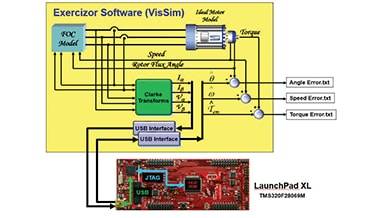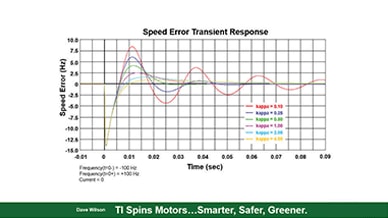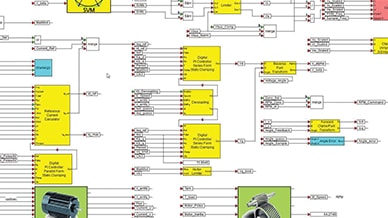Texas Instruments - Performance Evaluation of Sensorless Motor Control Technology using solidThinking Embed
Characterization of Sensorless Motor Control Technology using Altair Embed
In recent years, power electronics and microelectronics have seen groundbreaking advancements with the application of electric drive systems and motor control technologies, permeating almost all aspects of modern life from transistors, capacitors, washing machines, and air conditioners to elevators, motor vehicles, monorails and centrifuges. Today’s Microcontroller Units (MCUs) bring great precision, efficiency, and lowered costs to a wide range of applications including appliances with blowers and compressors such as washers and refrigerators, HVAC (Heating, Ventilation and air Conditioning Systems), as well as automotive control systems.
TI’s InstaSPIN™ enables designers to identify, tune, and fully control any type of three-phase, variable speed, sensorless, synchronous or asynchronous motor control system. It uses TI’s new software encoder, a sensorless FAST™ (Flux, Angle, Speed and Torque) observer, embedded in the read-only-memory (ROM) of Piccolo devices.
Dave Wilson, Senior Motor Systems Engineer with the C2000 group, was tasked with a project to characterize the FAST™ observer and develop a datasheet for it. He tried to do this by setting up a dynamometer (dyno) system with a circuit board to control it. He intended to characterize the FAST™ observer by varying the error in some of the gain terms and observe its performance. This presented a challenge, as not only was it a slow and tedious process due to output variances over time and temperature changes, it also required constant recalibration. Additionally, the electromagnetic torque could not be measured on the dyno, only the shaft torque could. This was a problem since the software could not be properly tested as the hardware he was using was not adequately equipped to test it.




